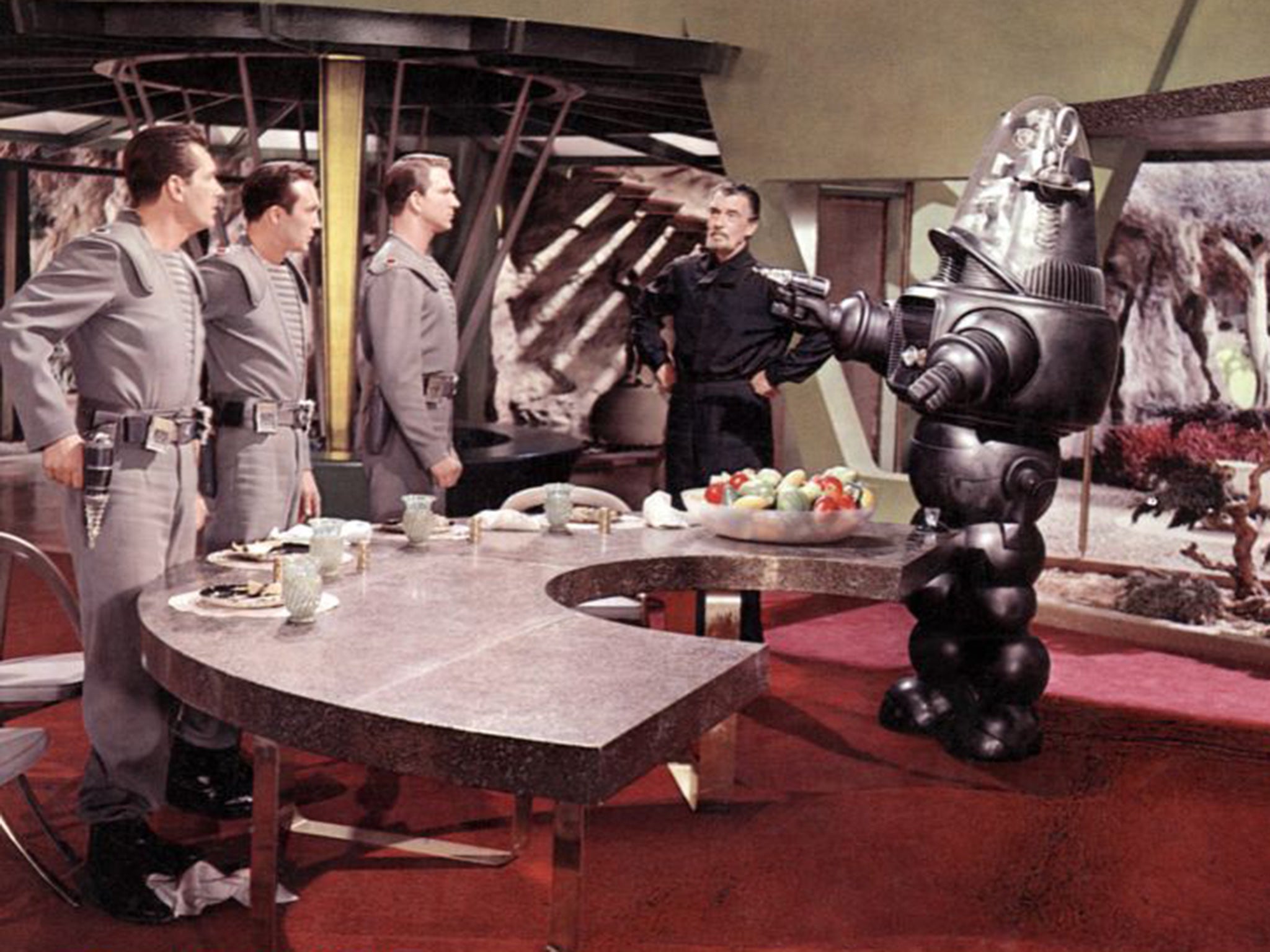Next generation of virtual assistants will be the work of poets as well as coders
Firms are developing new AI assistants that will transform our lives, Elizabeth Dwoskin discovers in San Francisco

Until recently, Robyn Ewing was a writer in Hollywood, developing TV scripts and pitching pilots to film studios. Now she’s applying her creative talents towards building the personality of a different type of character – a virtual assistant, animated by artifical intelligence (AI), that interacts with sick patients.
Ewing works with engineers on the software program, called Sophie, which can be downloaded to a smartphone. The virtual nurse gently reminds users to check their medication, asks them how they are feeling or if they are in pain, and sends data to a real doctor.
As tech behemoths and a wave of start-ups double down on virtual assistants that can chat with human beings, writing for AI is becoming a hot job in Silicon Valley. Behind Apple’s Siri, Amazon’s Alexa and Microsoft’s Cortana are not just software engineers. Increasingly, there are poets, comedians, fiction writers, and other artistic types charged with engineering the personalities for a fast-growing crop of artificial intelligence tools.
“Maybe this will help pay back all the student loans,” joked Ewing, who has master’s degrees from the Iowa Writer’s Workshop and film school. Unlike the fictional characters that Ewing developed in Hollywood, who are put through adventures, personal trials and plot twists, most virtual assistants today are designed to perform largely prosaic tasks, such as going through email, sending meeting reminders or turning off the lights as you shout across the room.
But a new crop of virtual assistant start-ups, whose products will soon flood the market, have in mind more ambitious bots that can interact seamlessly with human beings.
Because this wave of technology is distinguished by the ability to chat, writers for AI must focus on making the conversation feel natural. Designers for Amazon’s Alexa have built humanising “hmms” and “ums” into her responses. Apple’s Siri assistant is known for wry jokes, as well as her ability to beatbox upon request.
As in fiction, the AI writers for virtual assistants dream up a life story for their bots. Writers for medical and productivity apps make character decisions such as whether bots should be workaholics, eager beavers or self-effacing. “You have to develop an entire backstory – even if you never use it,” Ewing said.
Even mundane tasks demand creative effort, as writers try to build personality quirks into the most rote activities. At the New York start-up x.ai, a Harvard theatre graduate is tasked with deciding whether its scheduling bots, Amy and Andrew, should use emojis or address people by first names. “We don’t want people saying, ‘Your assistant is too casual – or too much,’” said Anna Kelsey, whose title is AI interaction designer. “We don’t want her to be one of those crazy people who uses 15 million exclamation points.”
Virtual assistants have received a boost from major advances in subsets of artificial intelligence known as machine learning and natural language processing, or the ability for computers to understand speech.
Accuracy of word recognition reached something of a tipping point in recent years, going from 80 per cent in 2009 to 95 per cent in 2014, said Christopher Manning, a computer science professor and natural language expert at Stanford University.
The rise of this technology is evident in a wave of new jobs. By 2025, 12.7 million new US jobs will involve building robots or automation software; by 2019, more than a third of the US workforce will work alongside such technologies, according to Forrester Data. Some virtual assistants are already becoming useful companions in the office.
Howdy, a bot in the productivity software Slack, can query employees on behalf of a boss and collate their answers into a single document. Amy and Andrew, the meeting-scheduling bots built by x.ai, can email back and forth with real administrative assistants.
Sophie and Molly, nurse avatars built by the start-ups IDAvatars and Sense.ly, respectively, ask patients about medical conditions and try to cheer them up. Another start-up, Botanic.io, is building a guru avatar that can advise on meditation and weight loss.
In most cases, users could go online and get the information themselves, without the help of a virtual assistant, though it might take a bit longer, Ewing said. “So if the character doesn’t delight you, then what is the point?”
© Washington Post
Subscribe to Independent Premium to bookmark this article
Want to bookmark your favourite articles and stories to read or reference later? Start your Independent Premium subscription today.

Join our commenting forum
Join thought-provoking conversations, follow other Independent readers and see their replies